You may have probably seen them at the two Sundown Marathon Lead-Up Runs – clad in their bright red and pink tee shirts. And you will most likely see more of the pacers in their colourful and attractive tees, at the final Lead-Up Run in two weeks time, as well as on race day at the Sundown Marathon itself.
51-year-old marketing consultant, Anthony Sum, is the Chief Trainer for this group of 40 pacers, who are all from the Team Fatbird running group. 2014 marks the fourth consecutive year that Team Fatbird is in charge of pacing duties at Sundown Marathon.
Come 31 May, Anthony will also help to pace the four-hour marathon runners.
I interviewed the pacing trainer and asked him a few questions about pacing strategies at the Sundown Marathon. Here is what Anthony said.
How does pacing help runners?
As pacers, we help people to beat certain targets. For example, if someone wants to go for a five-hour full marathon, we have pacers who on race day will run at a specific pace, say, 7:07 minutes per kilometre. So for five hours they will maintain that pace throughout and runners will use the pacers as guideposts to help them to achieve their targets.
What is your pacing aim for Sundown Marathon.
At the end of the day, we hope that most runners will reach a stage where they are properly trained and they can maintain their pace, and use the pacers as guideposts rather than be completely reliant on them.
We don’t want a case where you die-die must follow the pacers all the way. You know, sometimes the pacing may be too aggressive for you so just use them as a guide. Maybe follow them initially and if you are comfortable, you can move up a bit, and if you find it too aggressive, then you should slow down a bit.
What is your pacing strategy for the Sundown Marathon this year?
Our strategy is even pacing. But for us, during the training runs, we start the runners off with a slightly slower pace. That was in the first lead-up run last month.
In the second lead-up run yesterday, we brought the participants up to target marathon pace for race-day. In the final lead-up run in May, we bring the runners to what we call our optimal pace, which is about seven seconds faster for each kilometre. That will give the runners some buffer. If they run at an even pace of seven minutes per kilometre, they will actually fulfill that with a buffer of three minutes. So they finish slightly faster than the intended pace.
That is good for the runners because on race day, most people tend to get slower in the second half, at the 30km mark, so that little buffer will help them a bit. But we don’t want to start them too fast, as well.
What if the runner is unable to keep up with the pacers?
The pacers will run according to the targeted pace and they are there for the runners to try to use them as guideposts.
If the runner can’t keep up, they can slow down slightly and try to catch up later, and then proceed further. They might drop off and continue on their own if they really can’t keep up.
Dropping off means you don’t have to give your race away, though. Some people try too hard to keep up with the pace and if the speed is too aggressive for them, they may hit the wall very early and then they could crash – which is not what we want.
What we want is for people to keep up with the pace. If they are feeling a little tired, they should fall back slightly for the remainder of the race, maybe not quite hitting the target at the end, but still finishing strongly.
What should a runner do if the pacing is too slow?
If the runner feels that the pacing is too slow for him or her, then the runner should move ahead. For example, go to the pace group in front, or stay in between. For the Half Marathon, we have the 2-hour, 2:15-hour and 2:30-hour pacers. For the Full Marathon, we have the 4-hour, 4:30-hour, 5- hour, 5:30-hour and 6-hour pacers. So in between, there are gaps for people to straggle. In that case, someone going for a 4:15-hour timing can straggle in between the 4-hour and the 4:30-hour pace groups.
What happens to runners who are targeting timings in between pace groups?
If you are in between pace groups, we will issue runners with pace bands. These have various timings, including the 4:15-hour one for the Full Marathon runners. They should use these pace bands as a guide, if there are no pacers available for the timing that they are targeting.
Any comments on pacers running too fast?
Our pacers are not supposed to go too fast. So we give them a guideline of ±3 minutes. Some pacers may be worried about blockages at some race routes so they run to buffer in some time. That is why they may sometimes cross the finishing line well ahead of time.
But the main objective is not the pacers crossing the line themselves according to the time. Rather, the aim for us is, how many people the pacers brought across the line in the targeted time?
That is why I always ask my pacers whether they crossed the finishing line alone or did anyone else managed to benefit from their pacing? Our pacers do not cross too early. If they do, they are supposed to run back and help more people to cross, especially in the last few kilometres.
Related Blog Posts
Click here to read about hand cycling athletes at Sundown Marathon 2014.
Click here to be inspired by Visually Impaired runners taking on Sundown Marathon 2014.
Click here to read the inspiring story about Jason Chee, who suffered from a horrific accident in the Navy in 2012.
Click here for Sundown Marathon tips from winner and podium finisher, Alex Ong
Click here for Sundown Marathon tips from regular podium finisher, Ivan Low.

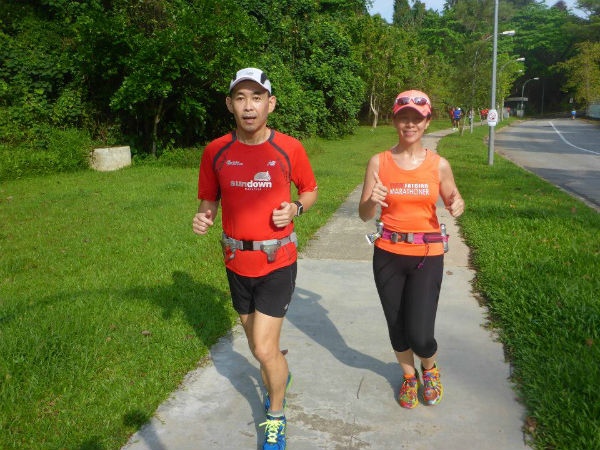
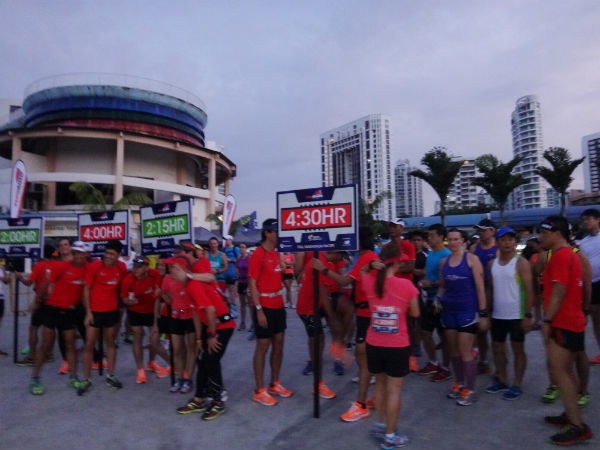
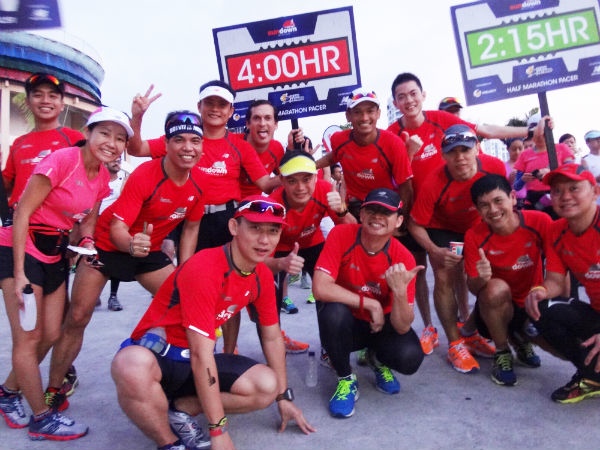
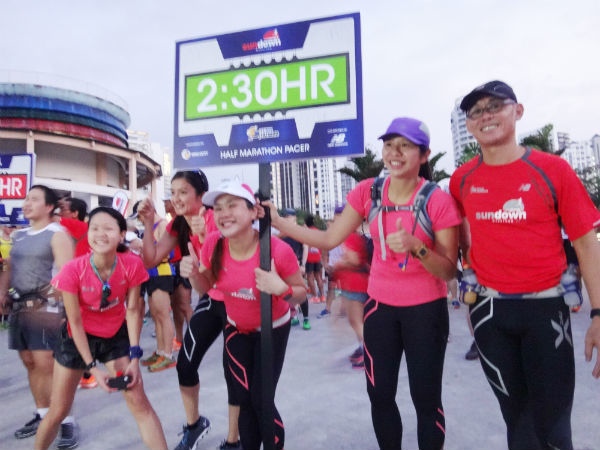
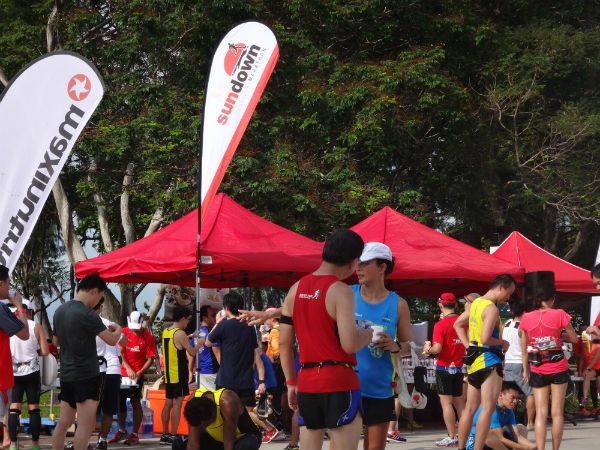
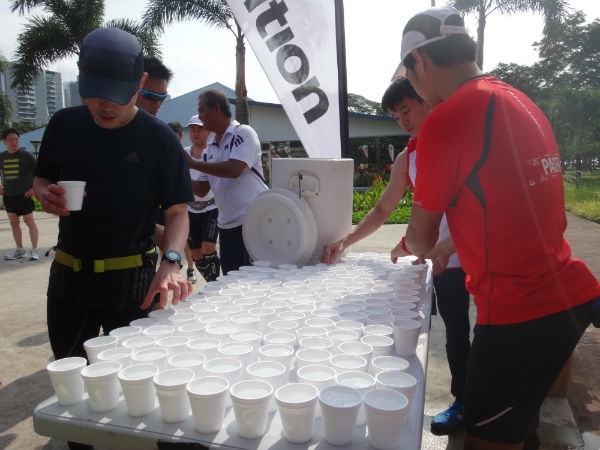

Leave a Comment